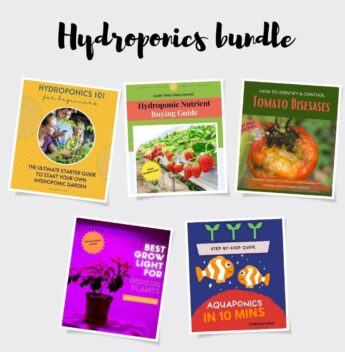{{brizy_dc_post_content}}

Are you looking for a fast, secure & affordable website for your business.
Lalmon partnered with Qasta, A leading digital agency dedicated to Nepalese business owners, to provide a massive 75% discount exclusively for Lalmon readers.
Written by
{{brizy_dc_post_author_name}}
{{brizy_dc_post_author_description}}
Trending Now
{{brizy_dc_post_loop query="post_status%3Dpublish%26amp%3Bpost_type%3Dpost%26amp%3Bposts_per_page%3D5%26amp%3Bignore_sticky_posts%3D1%26amp%3Btax_query%5B0%5D%5B0%5D%5Btaxonomy%5D%3Dcategory%26amp%3Btax_query%5B0%5D%5B0%5D%5Bfield%5D%3Dterm_id%26amp%3Btax_query%5B0%5D%5B0%5D%5Bterms%5D%3D120%26amp%3Btax_query%5B0%5D%5Brelation%5D%3DOR%26amp%3Borderby%3DID%26amp%3Border%3DASC"}}{{end_brizy_dc_post_loop}}

Join Our List
Get access to exclusive tips, strategies and insights that we don't share anywhere else.

Learn the secrets of successful farming: Tips, techniques and strategies for a prosperous farm business
Do you own a small farm, nursery or other agribusiness? Are you looking for a fast, secure & affordable Website?
AgFunnel partnered with Qasta, A leading digital agency for agribusiness to provide a massive 75% discount exclusively for AgFunnel readers
Contact Us


